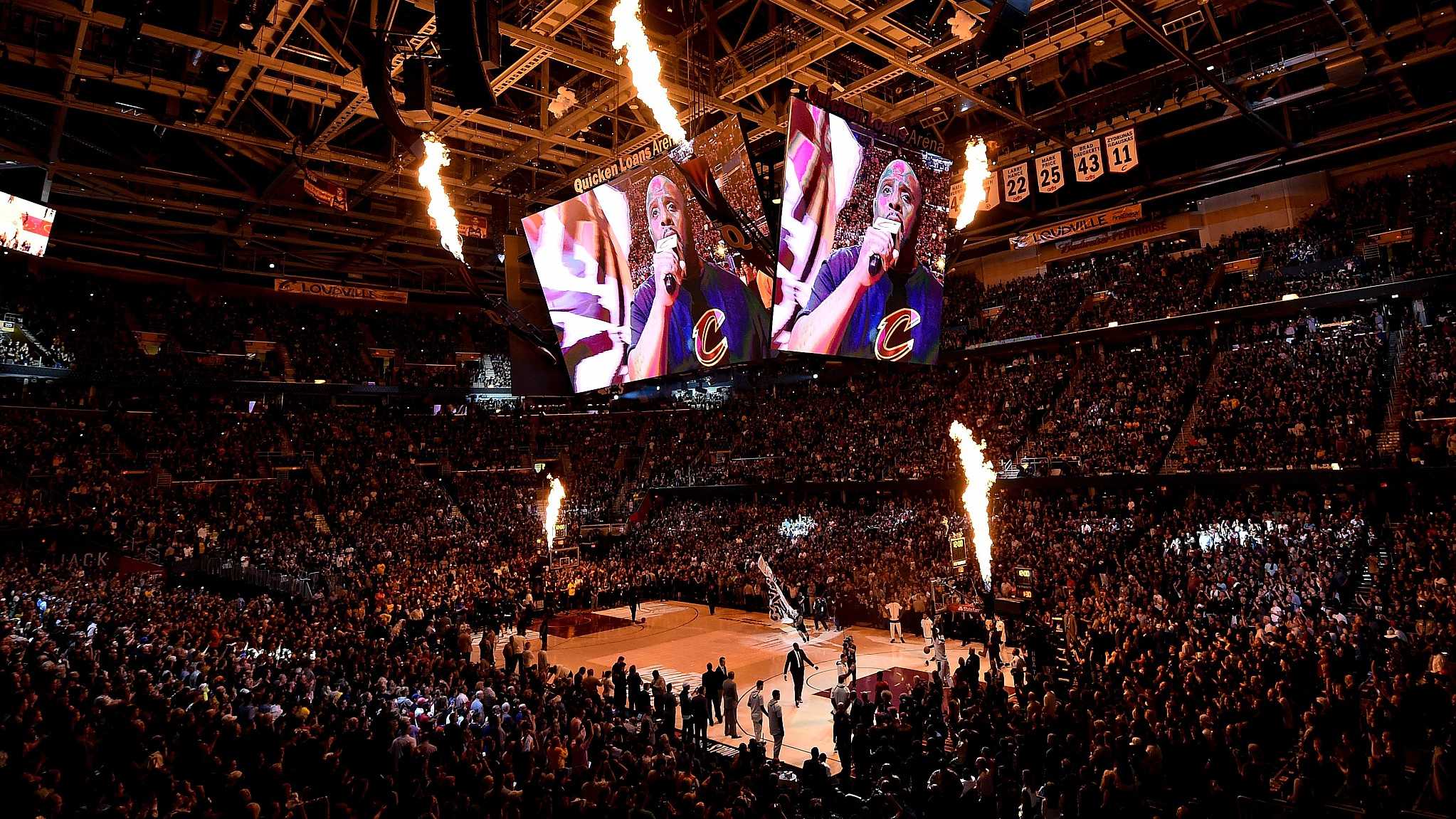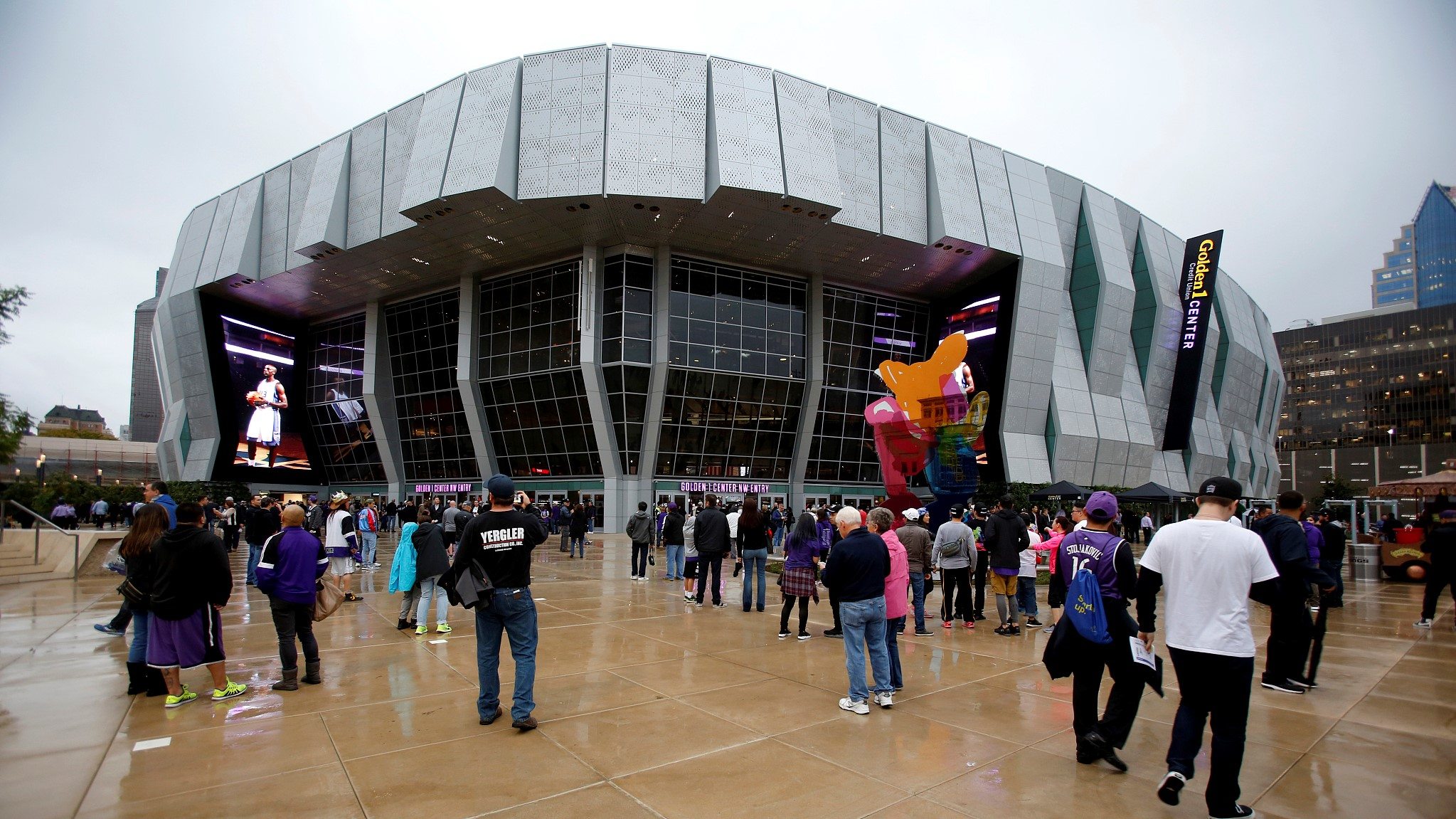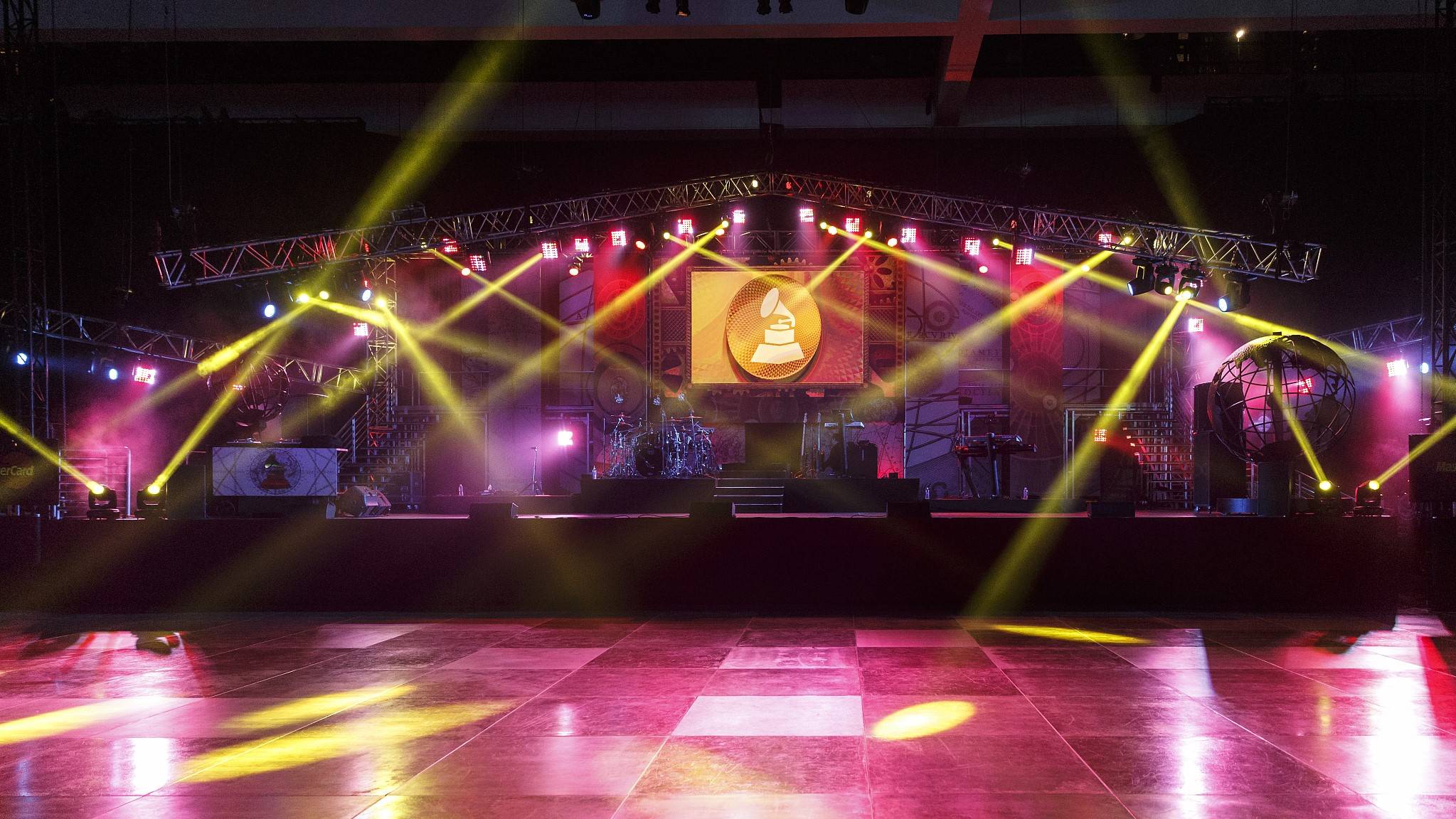
NBA
17:41, 11-Aug-2018
How is the NBA schedule made? So many things to consider
Updated
16:44, 14-Aug-2018
Li Xiang

NBA announced its full schedule for the 2018-19 season on Friday. The new season will start on Oct. 16 and conclude on April 10, 2019. Each of the 30 teams plays 82 games every season, making it a total of 1,230 regular games in 176 days. How is such a huge schedule made?
Before we answer that question, you may need to know some basic rules for the making of that schedule.
First, every team needs to play four times with the rest of the four teams from the same division, four times with six teams from different divisions but the same conference, and twice with the 15 teams from the other conference. In addition, every five years, the playing four times with six teams must change.
Second, the league will have special plans for certain days like Christmas Day, the All-Star Weekend as well as no-game day for the NCAA final.
Third, each team can ask for three home games arranged on appointed dates for market promotions, ticket sales or other purposes.
Fourth, if a team cannot play at home for a while because the arena has to be used for other events, the league should consider keeping them playing away games with teams from the other conference.

Christmas Day games are one of the events for which NBA has to make special plans. /VCG Photo
Christmas Day games are one of the events for which NBA has to make special plans. /VCG Photo
Last, the NBA needs to try its best to ease the burden on teams by cutting down on back-to-back games. In the 2018-19 season, each team will play only 13.3 back-to-back games on average, the fewest in the league’s history, according to Tencent Sports.
With the above requirements in mind, you have a general idea of how much work it takes to make the schedule. For 30 years, this job was done by one man, current Senior Advisor to President of Basketball Operations, Matt Winick, and his computer, according to Tencent Sports.
Since 1984, Winick has been making the schedule by himself. He would put all the rules and restrictions into the computer, which would then use software to randomly arrange the games. The computer not only shares a huge part of his burden, but also minimizes the chances of making mistakes.

Matt Winick and his computer have been making schedules for NBA for 30 years. /VCG Photo
Matt Winick and his computer have been making schedules for NBA for 30 years. /VCG Photo
In 2014, the league gave Winick a promotion from Senior Vice President of Scheduling and Game Operations to his current job thanks to his hard work. Since then, a new team took over and started to do the job in a slightly different way.
Today’s NBA schedule is made based on a series of factors including “fresh,” “tired” and “even," according to Tencent Sports. For example, when a team is playing the second back-to-back game against another team that has been resting for days, it will be seen as fresh against tired. The league will try to avoid such arrangements.
Furthermore, more new technologies are being introduced to make the schedules for today’s NBA, but not all work goes to AI and algorithms. The league has left space for human intervention.

The Gold 1 Center, home court of the Sacramento Kings, cost about 557 million US dollars to build. /VCG Photo
The Gold 1 Center, home court of the Sacramento Kings, cost about 557 million US dollars to build. /VCG Photo
Standard work like the above is in fact the easy part. What really makes the league rack its brains is the various demands from the teams.
All NBA arenas cost hundreds of millions of dollars for their construction, maintenance and operation. It will be a huge waste to only use them for some 40 games a year. Therefore, all kinds of events including concerts, exhibitions, fashion shows and even other sports games have been introduced to the arenas.
Keeping the arenas busy has created more revenue streams and increased the demands that the NBA has to consider while making the schedule. Since the 30 teams come from different places and have different plans for their arenas at different times of the year, it’s impossible to make everyone happy.

Arenas of NBA teams are often used for other events like the Grammy Awards. /VCG Photo
Arenas of NBA teams are often used for other events like the Grammy Awards. /VCG Photo
Sometimes teams are unhappy about something they don't quite understand. According to Tencent Sports, both the Los Angeles Lakers and the Los Angeles Clippers complained in 2011 that too few games were being arranged for them at home in February. But since the Staples Center would host the 10-day-long Grammy Awards and be occupied for seven days for the All-Star Weekend that month, how is it possible to have "many" home games there?

SITEMAP
Copyright © 2018 CGTN. Beijing ICP prepared NO.16065310-3
Copyright © 2018 CGTN. Beijing ICP prepared NO.16065310-3